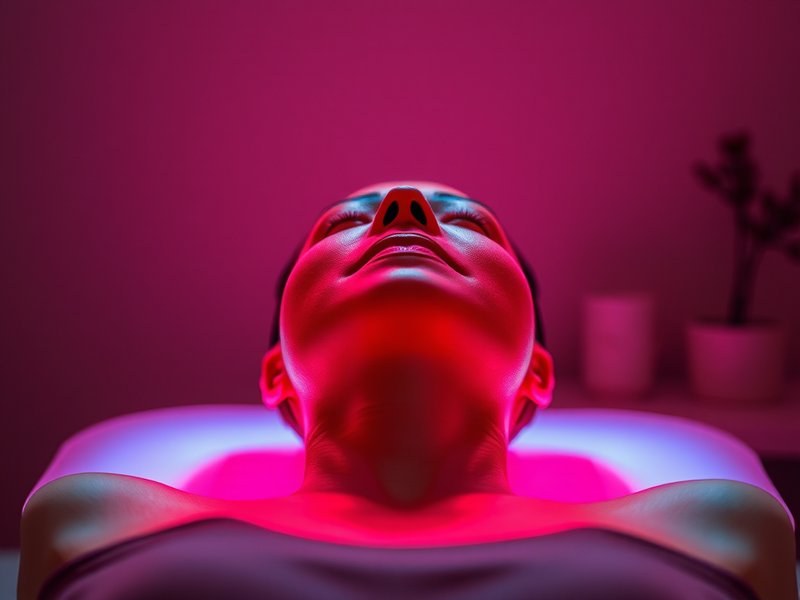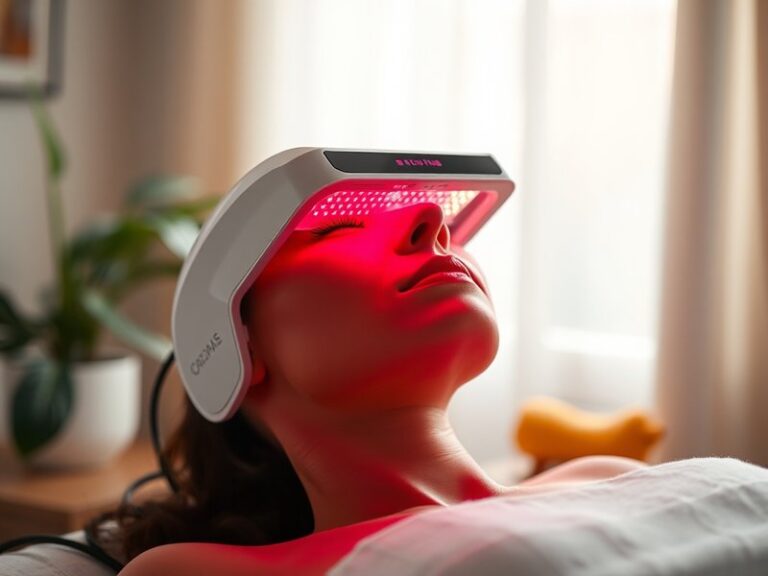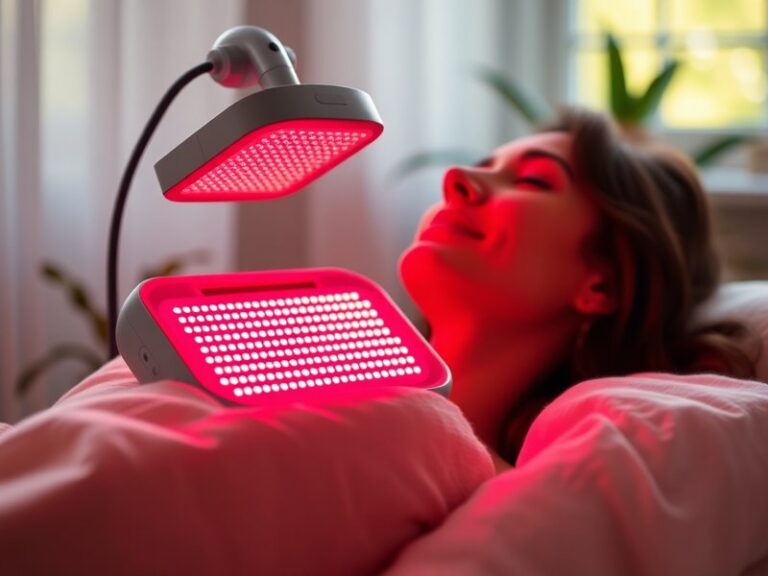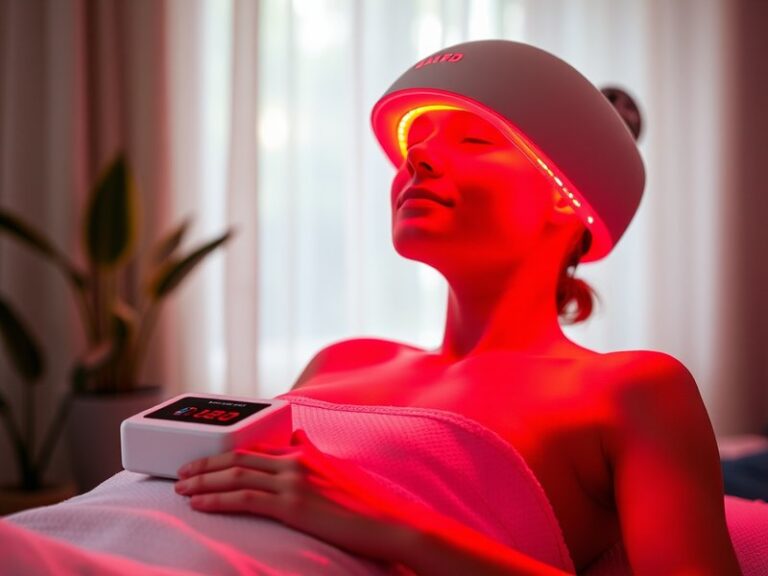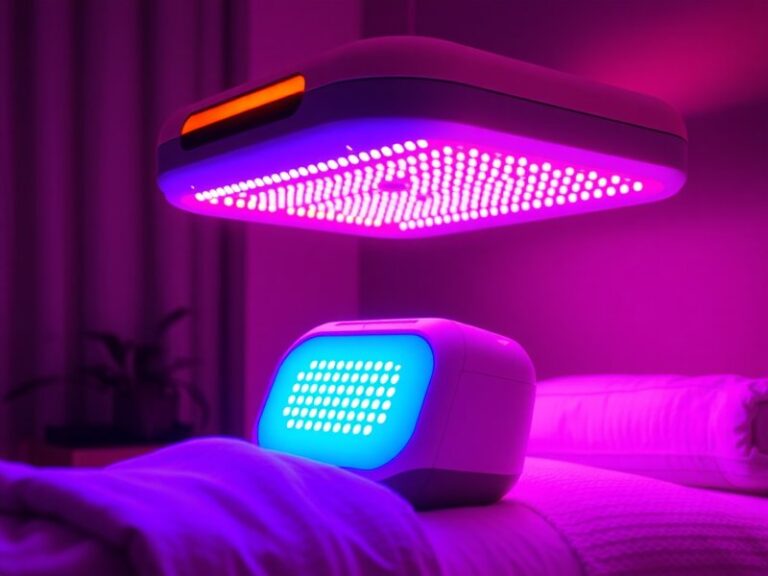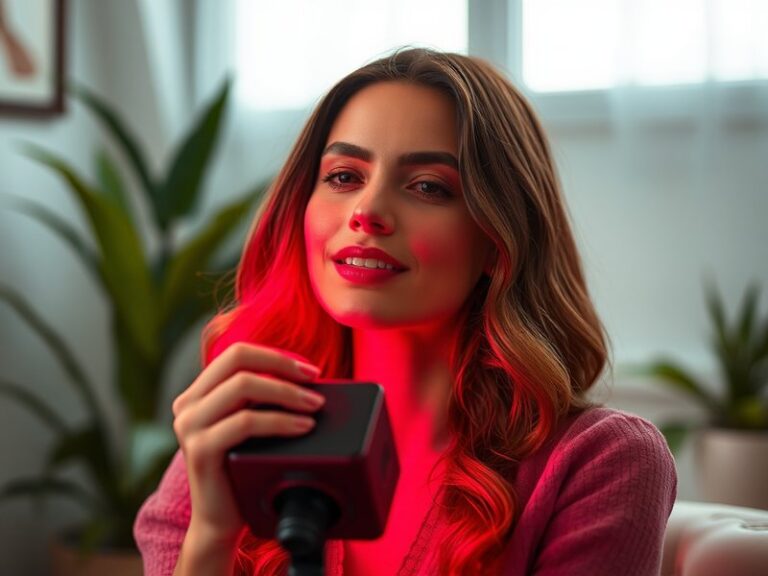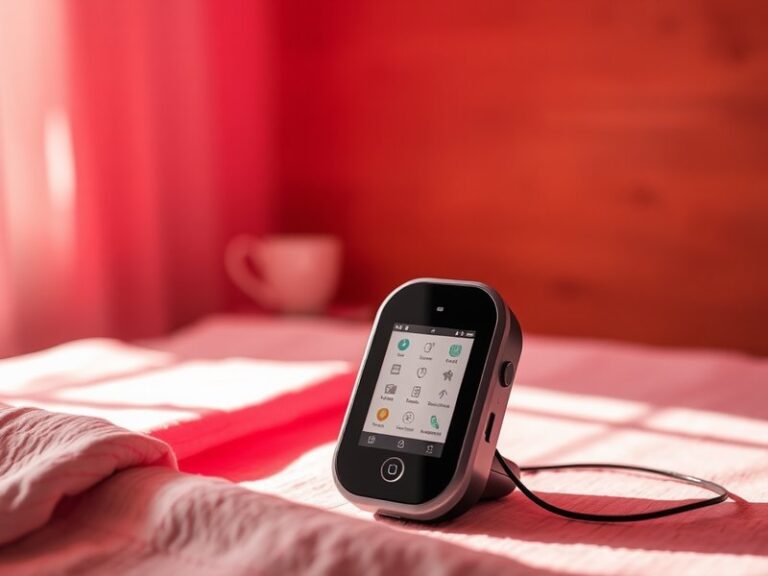Can You Get Sunburn From Red Light Therapy?
Can You Get Sunburn From Red Light Therapy?
Is it possible to experience sunburn effects from red light therapy?
In this article, we will explore the relationship between red light therapy and sunburn, clarifying what red light therapy is, the benefits it offers, and the differences between red light therapy and ultraviolet (UV) light exposure. We’ll also examine considerations, alternatives, and commonly asked questions regarding this therapy.
Key Takeaways
- Red light therapy does not emit UV rays and is unlikely to cause sunburn.
- It offers a range of skin and pain management benefits.
- Understanding the differences between light therapy and sun exposure is crucial for safe use.
What is Red Light Therapy?
Red light therapy (RLT) is a non-invasive treatment that uses low wavelengths of red light to promote healing, reduce inflammation, and enhance cellular function. The therapy typically involves exposure to specific wavelengths between 600 to 900 nanometers, which penetrate the skin and stimulate various biological processes.
RLT is primarily used for:
- Stimulating collagen production to reduce wrinkles
- Accelerating wound healing and tissue repair
- Alleviating pain and inflammation in conditions like arthritis and muscle soreness
Unlike broad-spectrum light sources like the sun, RLT focuses on specific wavelengths that are believed to offer therapeutic benefits without the harmful effects of UV radiation.
What are the Benefits of Red Light Therapy?
The benefits of red light therapy are expansive, impacting both skin health and overall wellness. Below are a few key advantages.
Stimulates Collagen Production
Red light therapy promotes collagen synthesis, leading to improved skin texture and elasticity. Users often report a reduction in fine lines and wrinkles after consistent treatment, making it popular among those seeking anti-aging solutions.
Enhances Cellular Repair
RLT helps in promoting ATP (adenosine triphosphate) production within cells. Higher ATP levels allow cells to function more efficiently, aiding in faster recovery from injuries and enhancing overall cellular repair mechanisms.
Reduces Inflammation and Pain
Numerous studies highlight the anti-inflammatory properties of RLT, making it effective for treating joint pain, muscle soreness, and conditions like tendinitis. Patients report significant improvements in pain management following regular therapy sessions.
Improves Mood and Sleep Quality
Some research suggests that red light exposure can boost the production of melatonin, improving sleep quality. Additionally, it may help in reducing symptoms of anxiety and depression, enhancing overall mental well-being.
Is it Possible to Get Sunburn from Red Light Therapy?
No, you cannot get sunburn from red light therapy as it does not emit UV rays, the primary cause of sunburn. Sunburn is triggered by excessive exposure to UV radiation, while RLT utilizes a non-thermal, low-energy wavelength that is safe for skin application.
What are the Advantages of RLT?
- Safety: Unlike UV light, RLT is considered safe and does not lead to the skin damage associated with sunburn.
- Targeted Treatment: RLT can be directed at specific areas of the body, allowing for focused therapy on areas requiring treatment.
- Minimal Side Effects: Generally, RLT has very few side effects, making it widely accessible for various demographics.
What are the Disadvantages of RLT?
While RLT is generally safe, there are some considerations to keep in mind.
- Limited Research: Although promising, some claims regarding RLT’s effectiveness still require further scientific validation.
- Equipment Quality: The efficacy of RLT can vary greatly depending on the device used. Not all devices provide the same quality of red light exposures.
- Cost: Regular treatments, whether at a clinic or through purchasing at-home devices, can be expensive over time.
What are the Things to Consider Before Trying RLT?
Deciding to incorporate red light therapy into your wellness routine requires thoughtful consideration.
Consult with Medical Professionals
Before starting RLT, especially for specific health conditions, it’s important to consult with a healthcare provider to determine suitability and usage frequency.
Choose the Right Device
Research and select high-quality devices designed for red light therapy. Check for parameters such as wavelength, power output, and manufacturer reputation to ensure effective treatment.
Set Realistic Expectations
While RLT has many potential benefits, results can vary between individuals. Setting realistic goals based on varying responses and treatment durations is essential.
What are the Alternatives to Red Light Therapy?
If you’re exploring options beyond red light therapy, consider these alternatives.
Blue Light Therapy
Blue light therapy is primarily used for acne treatment by targeting the bacteria that cause breakouts. This method can also reduce oil production, making it effective for oily skin types.
LED Light Therapy Masks
These masks leverage various colors of LED light to address different skin concerns such as wrinkles, discoloration, and inflammation, offering versatile benefits similar to RLT.
Topical Treatments
Topical retinoids or vitamin-C serums provide anti-aging benefits and can improve skin texture and tone without requiring light exposure. These treatments can be more budget-friendly and easier to incorporate into daily routines.
Conclusion: Is it Recommended to Use Red Light Therapy?
Based on its benefits, lack of UV radiation, and minimal side effects, red light therapy is generally recommended for those seeking non-invasive treatment for skin and pain-related conditions. Always consult with a healthcare professional to ensure it aligns with your specific health goals.
Frequently Asked Questions
Can I use red light therapy every day?
Yes, many users find success with daily sessions, although it’s advisable to follow the specific guidelines of your device and consult with a healthcare provider.
How long should a red light therapy session last?
Sessions typically range from 10 to 30 minutes depending on the device and treatment area. Always refer to device instructions for tailored session durations.
Are there any side effects associated with RLT?
Side effects are rare but can include temporary redness or tightness of the skin after treatment. If severe reactions occur, it is advisable to consult with a healthcare professional.
Can red light therapy help with hair growth?
Some studies suggest that RLT may stimulate hair follicles and promote hair growth in individuals experiencing hair thinning or loss.
Check out our deep dive Calories Burned in Red Light Therapy?
Read our discussion on Does Red Light Therapy Eliminate Fat?
Is red light therapy safe for all skin types?
Generally, RLT is safe for all skin types, but individuals with specific photosensitivity or skin conditions should consult their healthcare provider before starting treatment.
By understanding red light therapy’s essence, benefits, and safety features, you can make informed decisions that enhance your wellness journey without concerns of sunburn.
